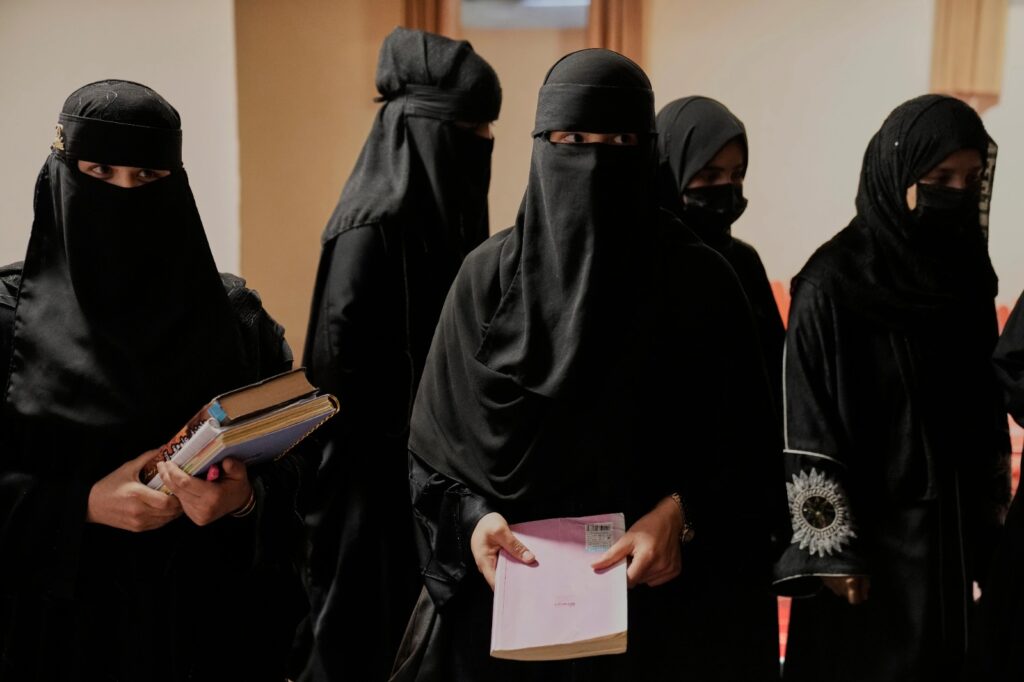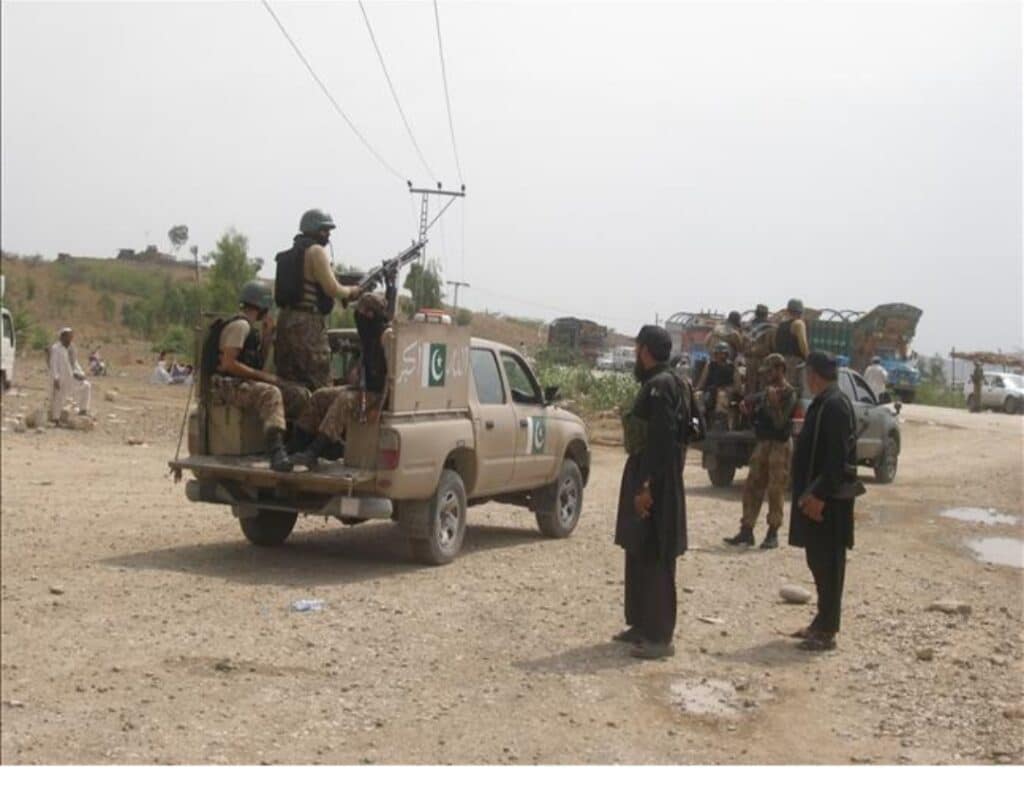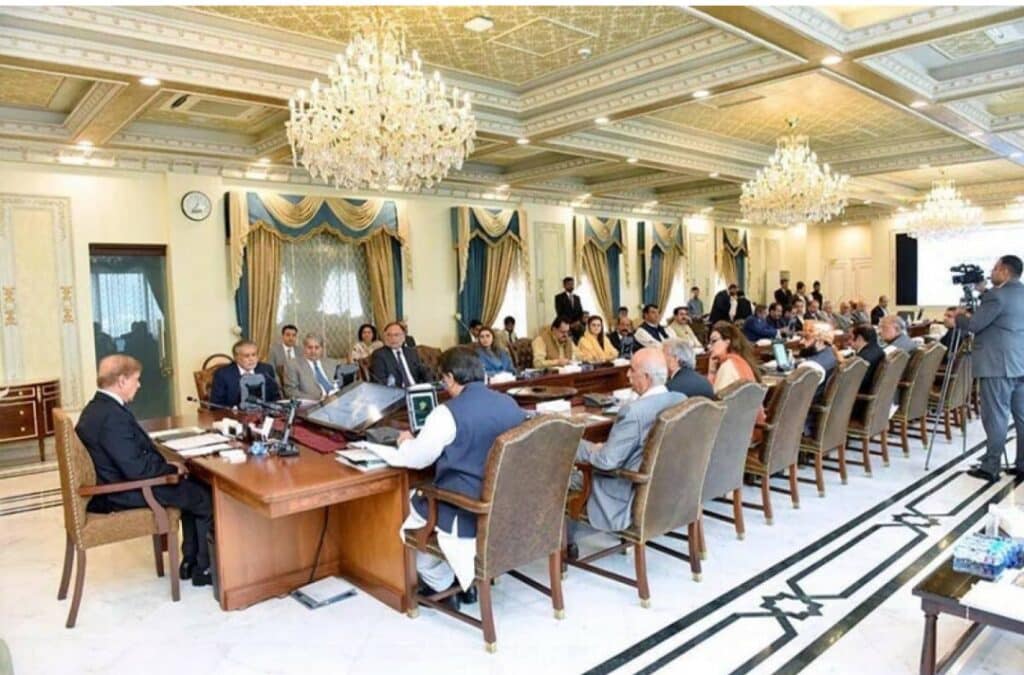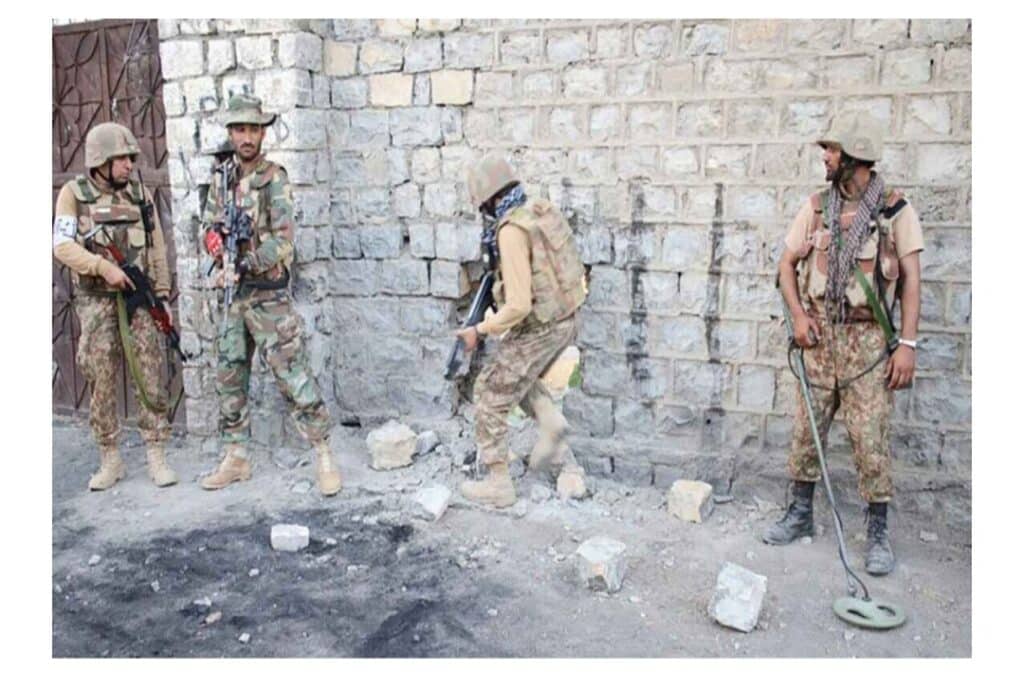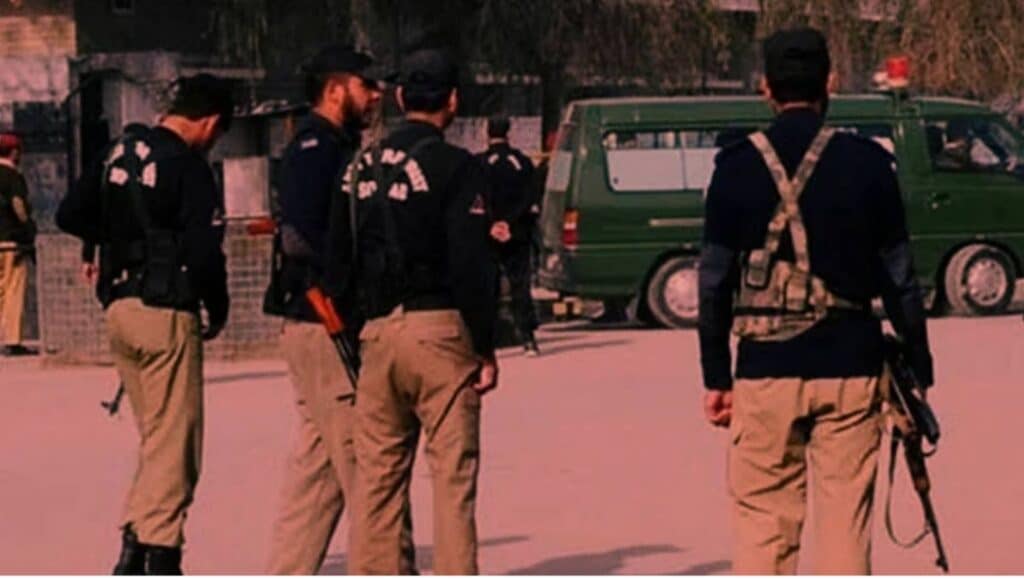Across Kabul’s narrow streets and quiet courtyards, children now crowd into madrassas — the only remaining option for thousands of Afghan families after years of government neglect have brought the country’s public education system to the brink of collapse.
Once the backbone of Afghanistan’s development, public schools are now crippled by chronic underfunding, a shortage of trained teachers, and the lasting impact of decades of conflict. Under Taliban rule, these problems have only deepened, with little effort made to revive or modernise the system.
With classrooms in disrepair and resources scarce, families have been left with no real alternative but to enrol their children in madrassas. In some areas, enrolment has more than quadrupled in recent years — not because of choice, but because the government has failed to provide functional, quality schooling.
Education experts warn that this reliance on madrassas comes at a cost: most lack the comprehensive curriculum needed to meet international academic standards, leaving students without the skills necessary for higher education or competitive employment.
For girls, the crisis is even sharper. The Taliban’s ban on secondary education for females means that many can only access limited learning in small, under-resourced institutions, further restricting their future prospects.
The result is a generation of Afghan children growing up with fewer opportunities, locked out of the global economy — a direct consequence of the Taliban’s neglect of modern education.

